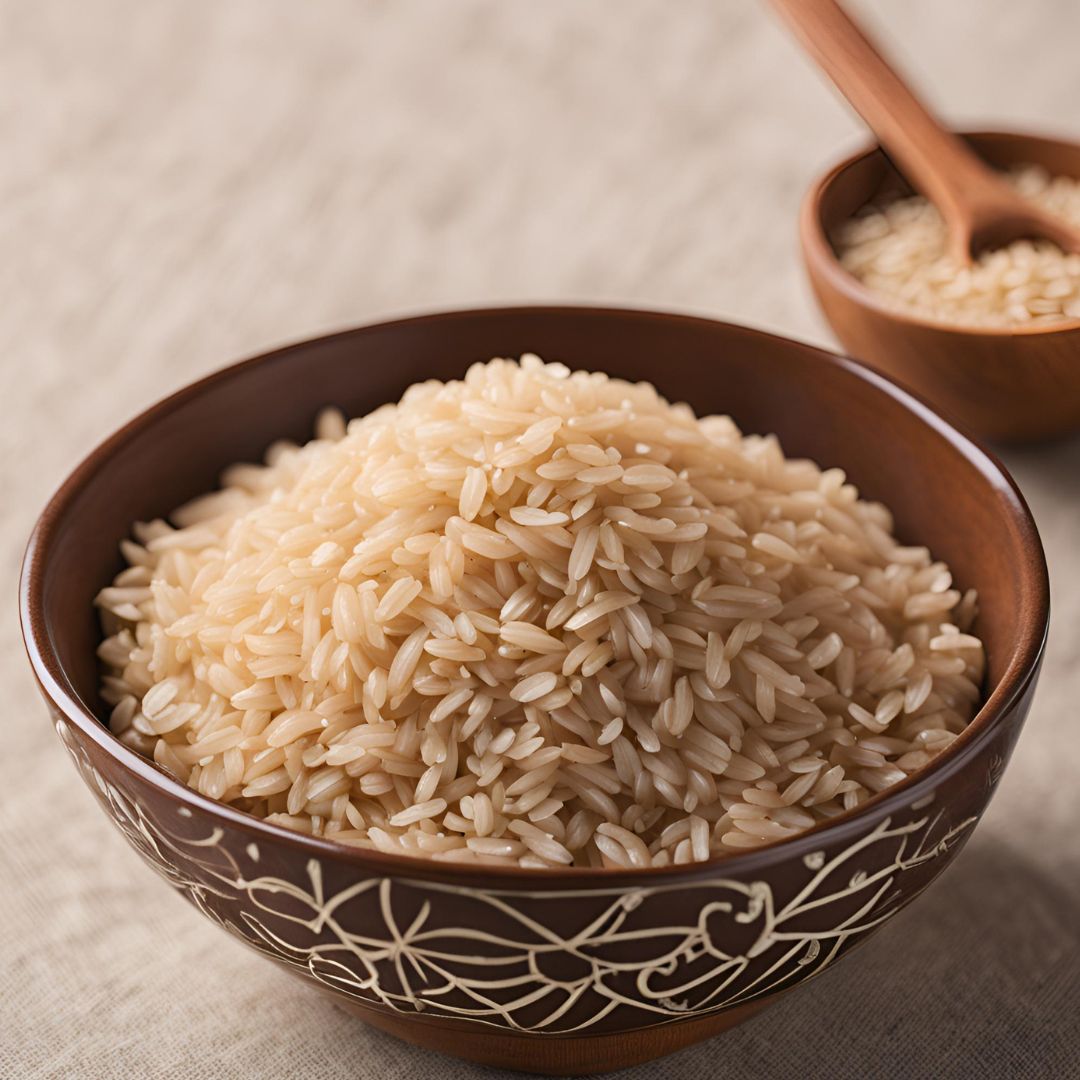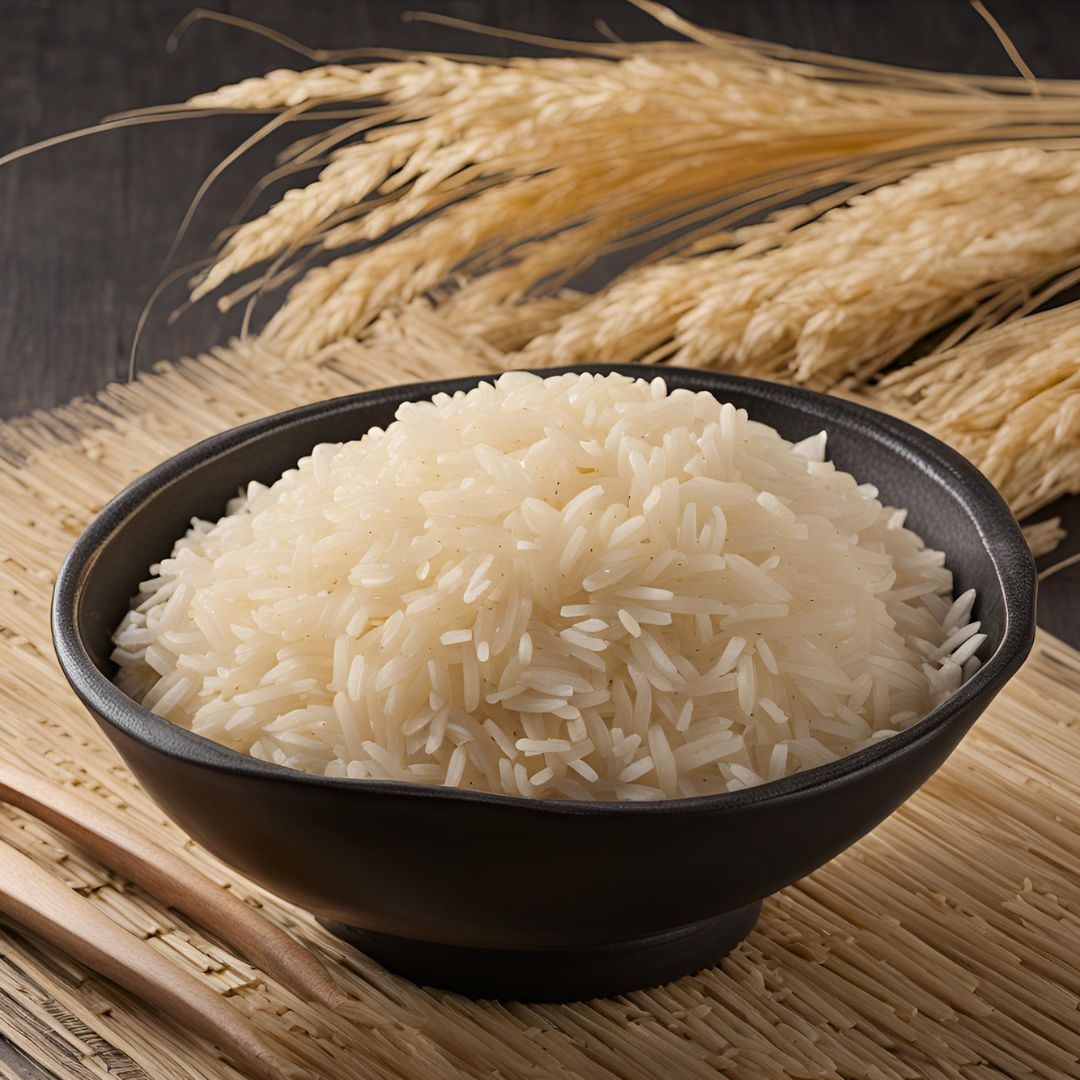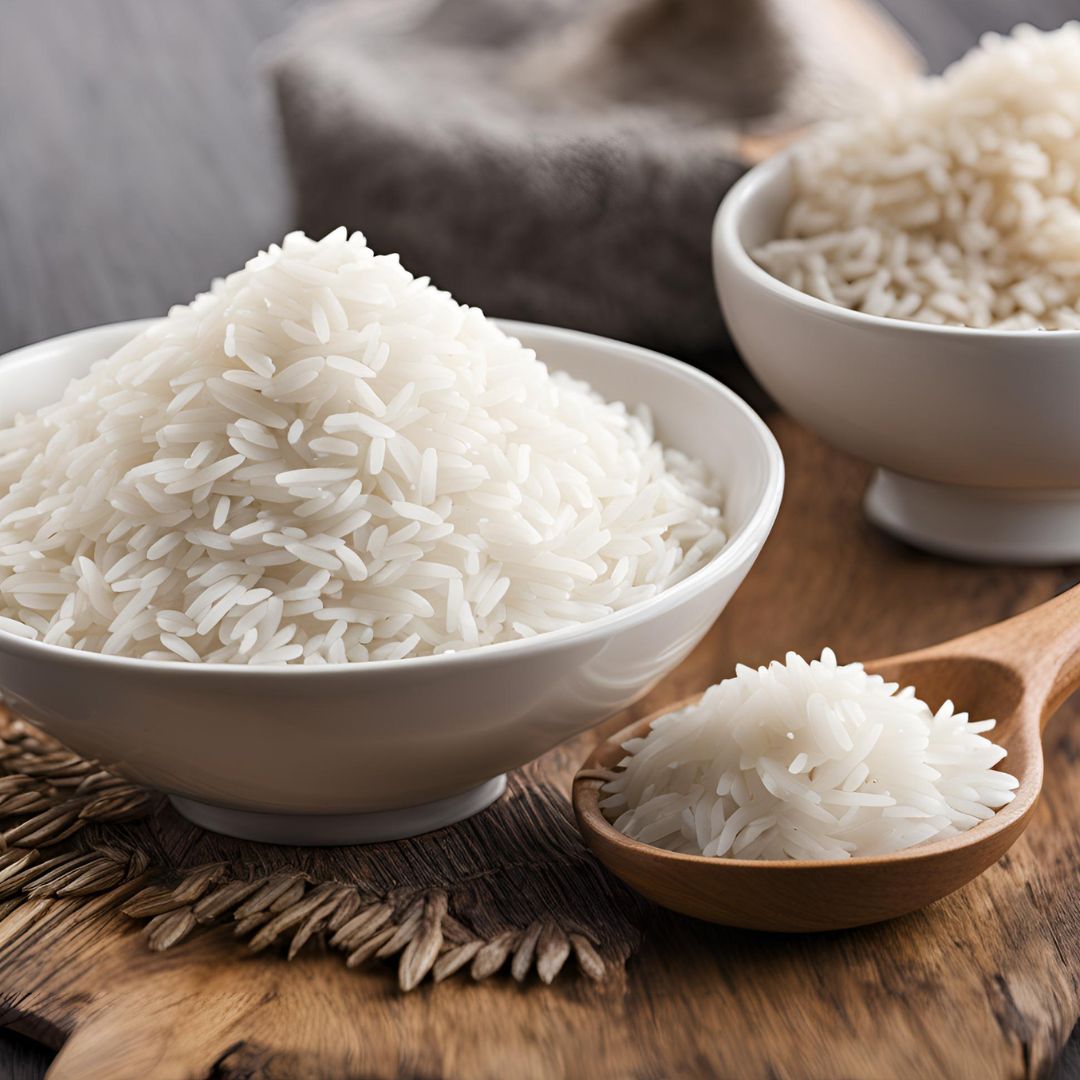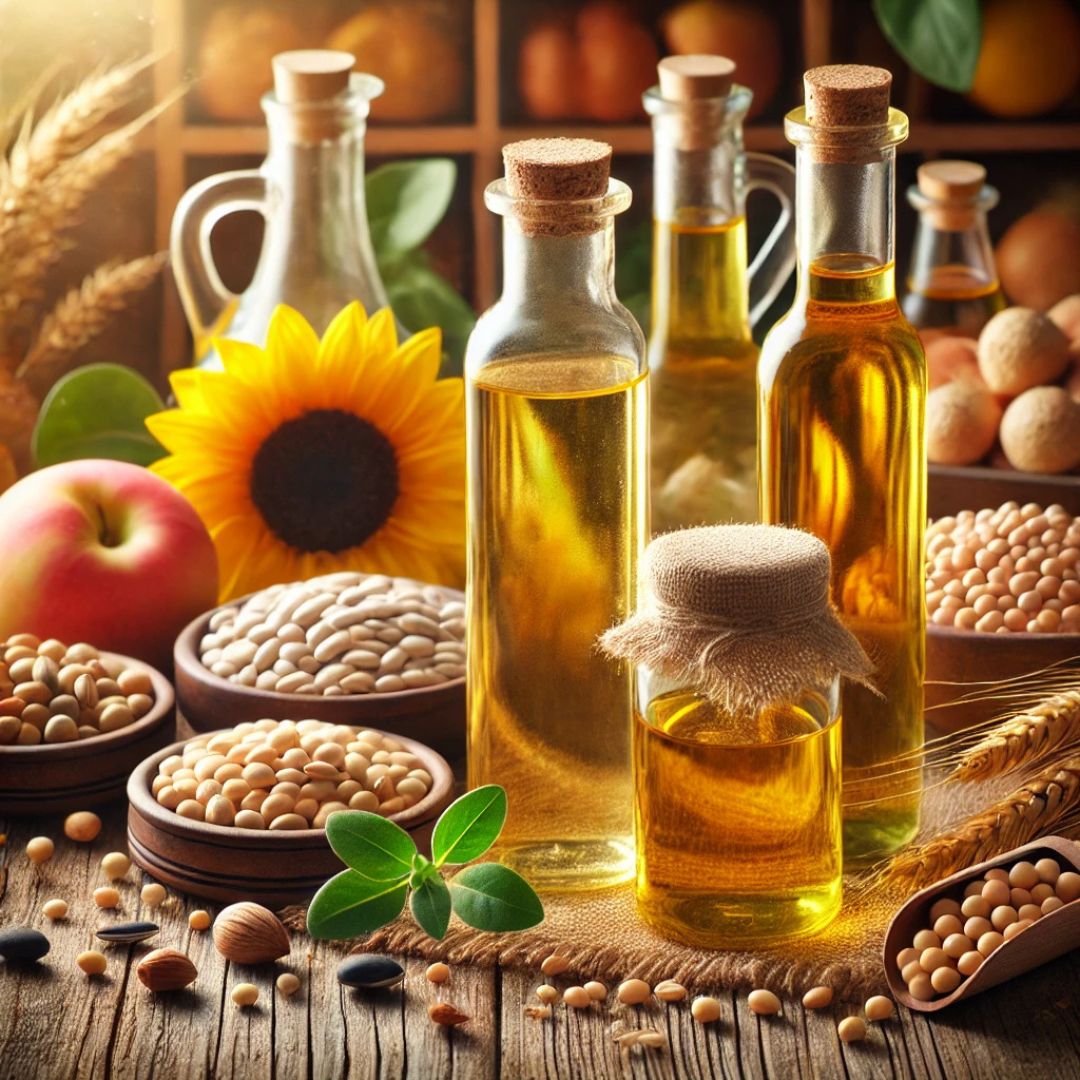Characteristics of Brown Rice
• Texture: Slightly chewy, with firmer grains compared to white rice.
• Flavor: Earthy and nutty, more robust than white rice.
• Appearance: Light to medium brown in color, with a slightly rough surface.
• Cooking Time: Takes longer to cook than white rice due to the intact bran layer.
Nutritional Profile (Per 1 cup cooked, approximate)
• Calories: ~215
• Carbohydrates: ~45g
• Protein: ~5g
• Fat: ~1.8g
• Fiber: ~3.5g (higher than white rice)
• Vitamins and Minerals:
• Rich in magnesium, phosphorus, and selenium.
• Contains small amounts of B vitamins and antioxidants.
Types of Brown Rice
1. Long-Grain Brown Rice: Stays fluffy and separate when cooked, good for pilafs and side dishes.
2. Medium-Grain Brown Rice: Slightly more tender and moist, suitable for risottos and casseroles.
3. Short-Grain Brown Rice: Sticky and chewy, often used in Asian dishes like sushi and rice bowls.
4. Brown basmati rice: An aromatic long grain rice that's typically used in Indian, Middle Eastern, and Central Asian cuisines
5. Light brown rice: Half of the bran is removed from regular brown rice, resulting in a lighter color and shorter cooking time
6. Brown arborio rice: A short-grain Italian rice that's good for risottos, paellas, and rice puddings
7. GABA rice: The brown rice version of sushi rice, which has been germinated to increase its nutritional value
Health Benefits
• High in Fiber: Promotes better digestion and helps maintain a healthy weight.
• Low Glycemic Index: Slower absorption leads to better blood sugar control.
• Rich in Antioxidants: Helps combat oxidative stress.
• Heart Health: May lower cholesterol and reduce the risk of heart disease.
Common Uses of Brown Rice
• Side Dishes: Pairs well with vegetables, beans, and lean proteins.
• Main Courses: Used in grain bowls, stir-fries, and curries.
• Salads: Often mixed with fresh vegetables and dressings.
• Soups and Stews: Adds texture and nutrition.




